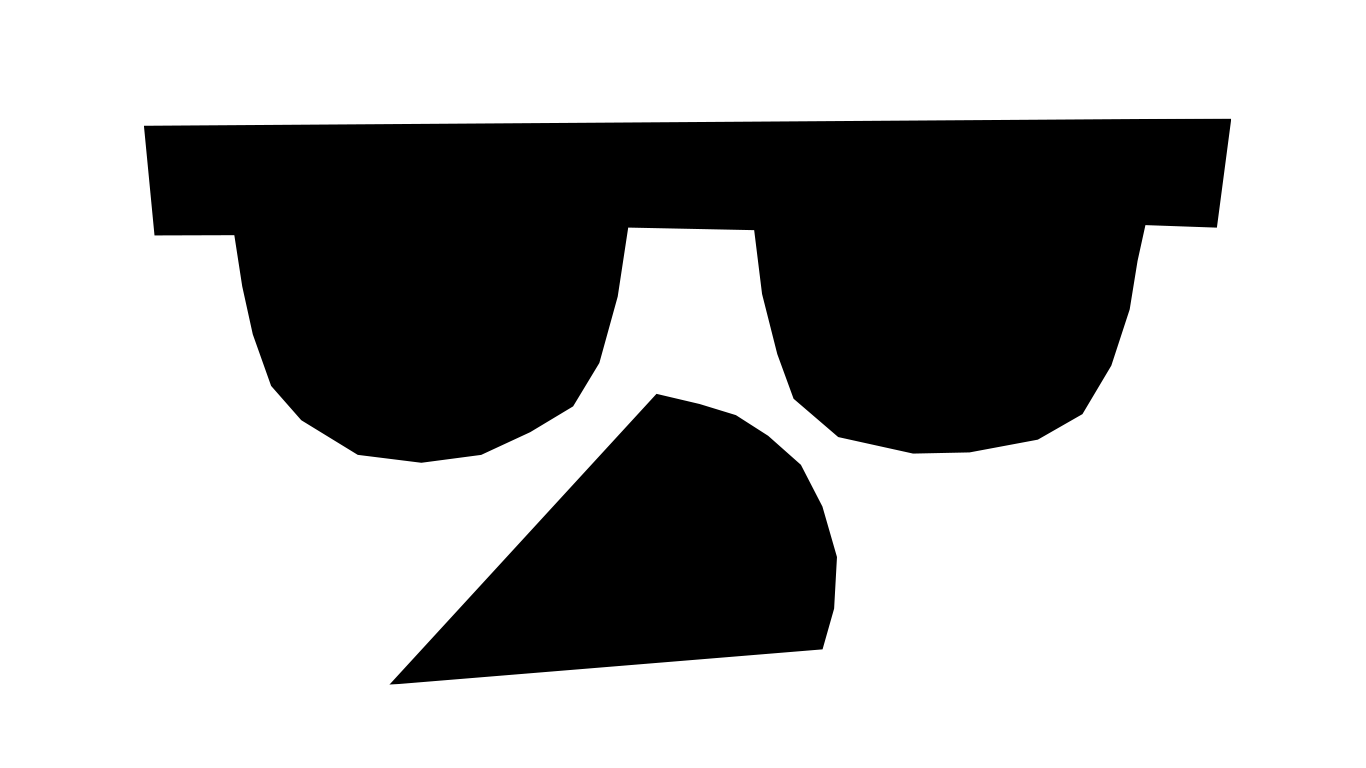Starch lends body and stiffness to fabrics to give it that quality feel, but how? Today we take a quick look at how starch works and why.
What Starches Are
Starches are taken from plants, who use them as sugar storage by packing them in grains, which are hard, microscopic and pebble-like. Not to be confused with the big grains of wheat and rice that we eat: starch grains are much smaller grains inside those grains. It is in this form that we get powdered starch, which is more or less just the starch grains themselves.
The size and shape of a starch grain depends on which species of plant it comes from and this tells us how it is best used. For instance, starch grains from rice tend to be finer than those taken from wheat, making them more suited to fabrics with a finer weave that is harder to penetrate for a wheat starch.
As a laundry product, starches can be blended with other starches and helper agents such as lubricants, which helps with dispersing in water, penetrating a wider variety of fibres well and preventing deposition on calenders and presses.
How Starches Work
Starches lend that feel and stiffness by forming a hard, gel-like coating all over the fibres, gluing everything together and resisting any attempt to bend it. The aim of starching is to make this gel form in the exact right way, neither too much nor too little, and deep in the weave rather than on the surface.
Starches work by first being dispersed in a final rinse. When in the rinse water, the grains soak through into the fabric where they remain as a fine residue in and around the fibres. When the still-damp fabric is then ironed or pressed, the water gets hot and, above a certain temperature, the water will be able to penetrate the grains and the inner structure of the starch. The hot starch within the grains will happily take on as much water as it can, bursting out of the grains (called cracking the starch). This releases the starch as a hydrated gel all over the fibres, which then quickly loses what water it has due to the heat and sets.
Why Do We Get Issues?
The process requires water to work. While it’s not possible to crack starch with too little water left in the fibres, it’s possible that the starch also won’t crack during ironing if there is too much water. Like the difference between boiling a kettle for one person or four, the water may need more time to reach the proper temperature if the fabric is particularly wet.
There’s also the question of dose and penetration. If a starch can’t penetrate the fabric, it may just coat the surface and sit clumpily in the texture of the weave, which can lead to streaks and sticky build up on hot equipment as the starch cracks everywhere but inside the fibre. Surface overloading can also occur when there is so much starch in the rinse that it can’t help but leave huge amounts on the superficial parts of the fabric surface.

About This Series
Our laundry science posts are here to help you understand the how and why of laundry, so you can make easier decisions when things get rough. Keep checking back for more!
